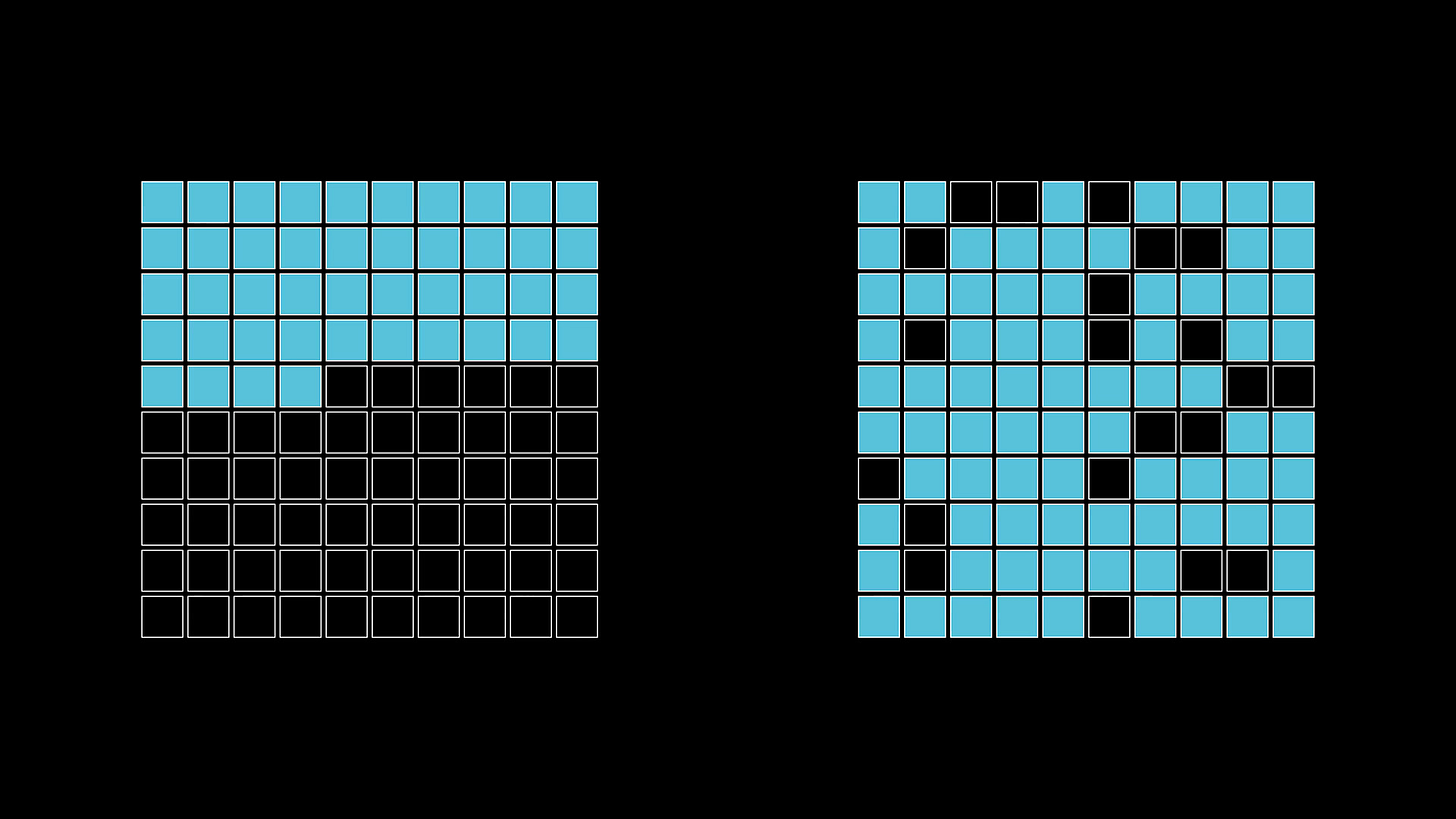If you’ve read Atomic Habits, you probably know the drill:
To form a habit, you need a:
Cue → thing that makes you remember to do it
Craving → thing that makes you want to do it
Response → doing it
Reward → getting rewarded so you want to do it again
Example:
Cue: You see a reminder on your phone to do push-ups.
Craving: You want the feeling of accomplishment after you’ve done the push-ups and the satisfaction of ticking off the reminder.
Response: You pump out the push-ups.
Reward: You feel accomplished and check off the reminder.
So if you want to turn something into a habit, you want to
Make it obvious (set a reminder).
Make it attractive (link it to something you enjoy; after scrolling YouTube Shorts, I do push-ups).
Make it easy (start with 2 push-ups).
Make it satisfying (track how many times you did it).
And the best thing is to have your identity tied to the type of person who does the habit.
So instead of thinking, “I do push-ups every day,” have the identity of a “fit person” (easier said than done).
Because what we do comes from how we view ourselves. Who we think we are.
If you consider yourself to be a “fit person,” you’ll find doing push-ups naturally rewarding. Because it aligns with who you are.
(If you haven’t read this book, I highly recommend it).
And so I recently noticed that I can keep doing something for months but then miss 3 days in a row and never do it again.
Not good.
And after thinking about it for a bit I had a realization.
The habits that I stick to even when I mess up a streak all have one thing in common.
I treat them all as “nice to have” but not as “must have.”
Which means that after I miss a day, the next day it doesn’t feel like “it’s over, I broke my streak.” It feels more like “meh, no big deal, I’ll just get back on track.”
Thinking about habits like this removes the seriousness and the weight. Making it a lot easier to continue doing the habit after missing a few days.
And it’s a lot better to continue something even if you miss a few days than to stop doing it entirely.
Here are two squares to illustrate this better.
Imagine each blue square is a day where you did a habit you wanted to do.
The first one “feels nice” because it’s very consistent. And the second one doesn’t. It looks horrible.
But the first one has only 44 squares colored in, and the second one has 79 squares colored in.
So to summarize. You don’t have to be consistent every day to “stick with something.” I found that it’s a lot more effective to let myself miss a day and then get back to it without feeling guilty than to feel horrible about missing a day and stop doing the habit entirely.
A good rule of thumb is to try to never miss 2 days in a row. 1 day, no problem. But if I skip two days, it’s almost always the end of a habit.
Thanks for reading 👋!
❤️ My Favorite Things
⌨️ Keyboard shortcuts:
I can’t believe I’ve been messing around in the Linux and MacOS terminals without knowing these.
Useful terminal keyboard shortcuts:
Ctrl + A → go to beginning of the line
Ctrl + E → go to end of the line
Ctrl + U → del the current line
Ctrl + K → del from cursor to end of line
Ctrl + W → del previous word !!!!!!!!!
✍️ Quote of the Month:
“YouTube is 99% skill and hard work and maybe 1% the equipment you own.”
“When it comes to hardware what is important is having a decent microphone”.
- Fireship





❤️